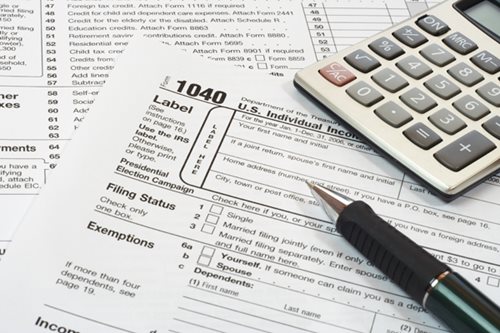
To ensure you meet your tax obligations, taxpayers should file accurate tax returns. If a taxpayer makes an error on their tax return, it will likely take longer to process and could delay a refund if one is owed to you. Taxpayers can avoid many common errors by filing electronically, the most accurate way to file a tax return.
Here are common errors to avoid when preparing a tax return:
Missing or inaccurate Social Security Numbers
Be sure to enter each SSN on a tax return exactly as printed on the Social Security card.
Misspelled names
Spell all names listed on a tax return exactly as listed on the taxpayers’ Social Security cards.
Filing status
Some taxpayers claim the wrong filing status, such as Head of Household instead of Single. The Interactive Tax Assistant on IRS.gov can help taxpayers choose the correct status. E-file software also helps prevent mistakes.
Math mistakes
Math errors are common, ranging from simple addition and subtraction to more complex items. Figuring the taxable portion of a pension, IRA distribution or Social Security benefits is more difficult and results in more errors. Taxpayers should always double-check their math. Using a reputable tax preparation company like ATBS, who specializes in trucking, can drastically reduce errors.
Figuring credits or deductions
Taxpayers can make mistakes figuring their Earned Income Tax Credit, Child and Dependent Care Credit, the standard deduction and other items. Follow the instructions carefully. For example, a taxpayer who’s 65 or older, or blind, should claim the correct, higher standard deduction, if not itemizing. The IRS Interactive Tax Assistant can help determine if a taxpayer is eligible for tax credits or deductions.
Incorrect bank account numbers
Taxpayers who are due a refund should choose direct deposit for ease and convenience, but the IRS cautions taxpayers to use the right routing and account numbers on the tax return.
Unsigned forms
An unsigned tax return isn’t valid. Both spouses must sign a joint return. Taxpayers can avoid this error by filing their return electronically and digitally signing it before sending it to the IRS. Taxpayers who are using a tax software product for the first time will need their adjusted gross income from their 2016 tax return to file electronically. Taxpayers who are using the same tax software they used last year usually will not need to enter prior-year information to electronically sign their 2017 tax return.
Filing with an expired ITIN
The IRS will process a return filed with an expired Individual Tax Identification Number as timely, but won’t allow any exemptions or credits. Taxpayers will receive a notice explaining that an ITIN must be current before the IRS will pay a refund. Once the taxpayer renews the ITIN, the IRS will process exemptions and credits and pay an allowed refund. ITIN expiration and renewal information is available on IRS.gov.